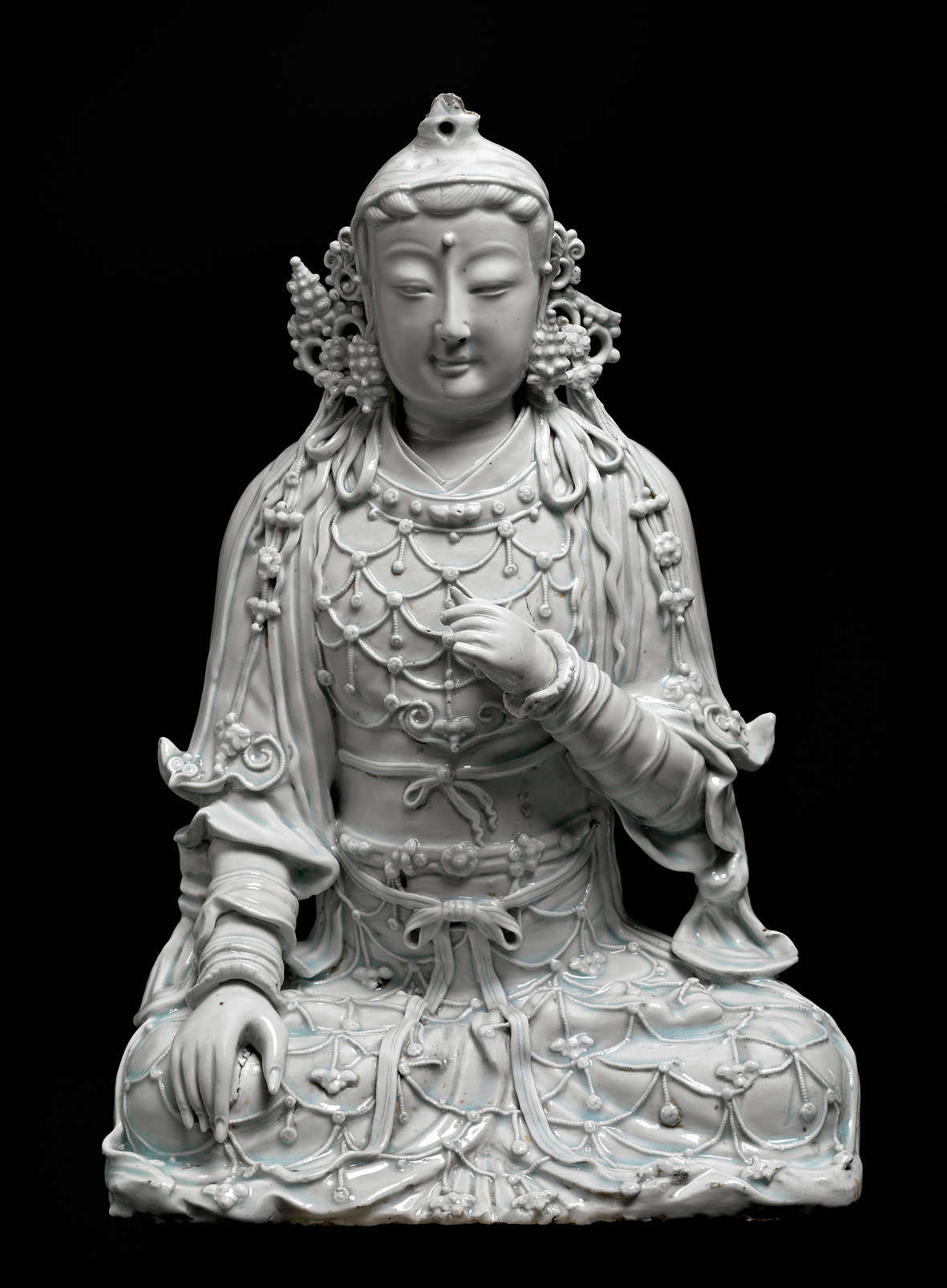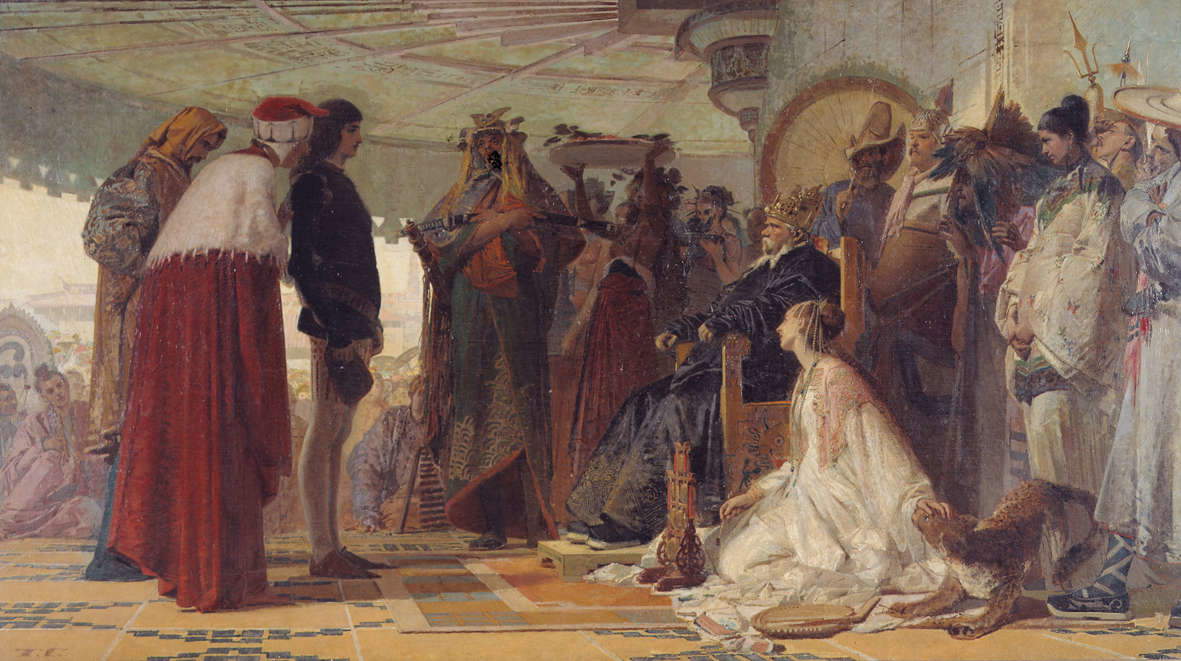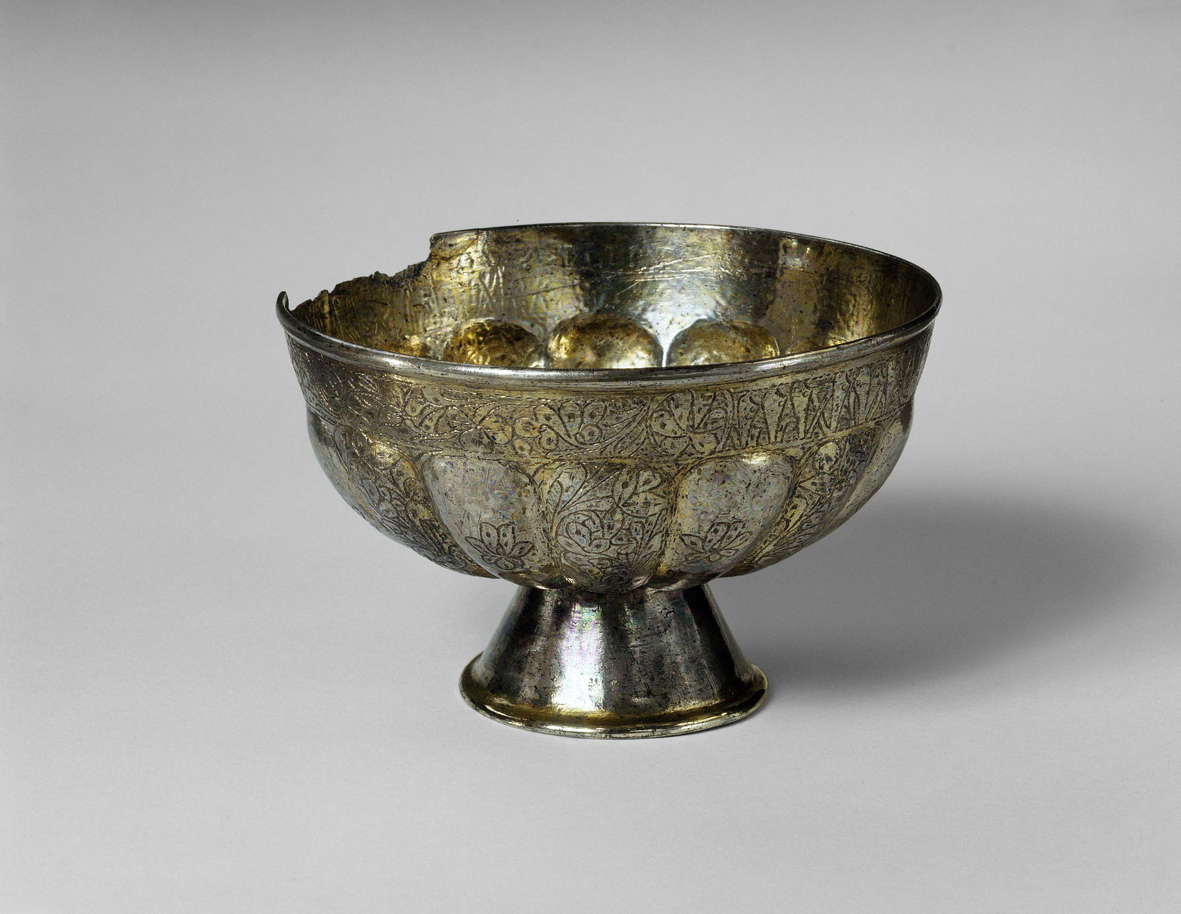Marco Polo (1254-1324) is certainly the most illustrious medieval traveler, and not only. Venice is dedicating an exhibition to him scheduled from April 6 to September 29, 2024 at the Doge’s Palace, organized in the year that marks the 700th anniversary of Marco Polo’s death. It is a tribute to the man but, above all, a desire to share the suggestions he recounted in the literary work Il Milione: an inexhaustible source of inspiration for scholars, explorers, and travelers of every age.
Before and after him others undertook successful journeys to the East. But Marco Polo, by virtue of his extraordinary work The Million, is undoubtedly the most famous and well-known person who traveled from West to East and left an extensive and documented narrative. The Venetian Marco Polo not only described much of Asia in an all-too-reliable manner, but also assumed the role of supreme interpreter and representative of the international mercantile nature of his land-Venice.
Indeed, it can be argued that the fame and glory of La Serenissima as the commercial capital of the West was built and popularized precisely thanks to this adventurous and extraordinary son of his, whose name, certainly not by chance, could only be that of the city’s patron saint evangelist, whose remains were also brought from the East, that time the nearest East.
Celebrating Marco Polo and his itinerary 700 years after his death is an important opportunity to recount his unparalleled and unparalleled life and knowledge [“so that one might know the things that are for the world...”] of those distant lands and peoples, but also to understand what the relations between these different worlds are today and how the “silk routes” have not lost their importance and relevance.
The exhibition will be divided into several sections. Beginning with an illustration of the Venetian city and mercantile reality in the first half of the 14th century and the role of travel in Venetian commercial culture before and after the experience of the Polos: cartography - not only Venetian - for example; and how much the merchants’ stories and itineraries influenced and determined this science.
The Polos traversed in their journeys political and military kingdoms and potentates organized in different ways and cultural, artistic and religious worlds that differed from each other. All this at a time in history when Asia is more or less all under the control of various interrelated Mongol dynasties. This is the unrepeatable age later referred to as the era of the “pax mongolica,” which allowed safe travel along hitherto unfamiliar roads and regions.
Of the different religious faiths Marco Polo’s beautiful text gives an account: the Christians (in various declinations, including Nestorian), the Muslims (also this civilization with no minor nuances), the Chinese(Confucians, Buddhists, Taoists...) and the Indians (preciselyHinduism). The exhibition will give an account of these diversities as well as the various sensibilities illustrated in the famous text of The Million.
From Italian museums-primarily from the extremely rich Venetian collections-and other important museum collections fromEurope,Asia and overseas, valuable loans will arrive to reconstruct the life and work of Marco Polo, his itineraries and discoveries. Leveraging cartography and objects of various types: from ceramics to porcelain (he is the first to notice the quality of the materials and to use the term “porcelain”), textiles (including carpets), metals, coins, manuscripts and much more. A special section will be devoted to the extraordinary multilingual dissemination of The Million and also to the “myth” of Marco Polo between the 19th and 20th centuries.
Many activities have been organized on the occasion of the exhibition dedicated to the great Venetian traveler for families, adults, children, and schools. Among them, in addition to the special guided itineraries to the exhibition, for children the visit will be accompanied by a fun Activity book: a kind of unusual guide, full of anecdotes, games, clues to discover, stories and curiosities related to the journey to the lands of the Great Khan and the work Il Milione, in particular the narration of distant peoples, from different customs and habits but also mysterious and fantastic things described by Marco Polo.
Exhibition organized as part of the initiatives promoted by the City of Venice and the National Committee for the Celebration of the 700th anniversary of the death of Marco Polo, chaired by Mayor Luigi Brugnaro and realized with the special collaboration ofCa’ Foscari University Venice and theItalian Cultural Institute of Shanghai.
For all information, you can visit the official website of the Doge’s Palace in Venice.





 |
| An exhibition in Venice celebrates Marco Polo on the 700th anniversary of his death |
Warning: the translation into English of the original Italian article was created using automatic tools. We undertake to review all articles, but we do not guarantee the total absence of inaccuracies in the translation due to the program. You can find the original by clicking on the ITA button. If you find any mistake,please contact us.